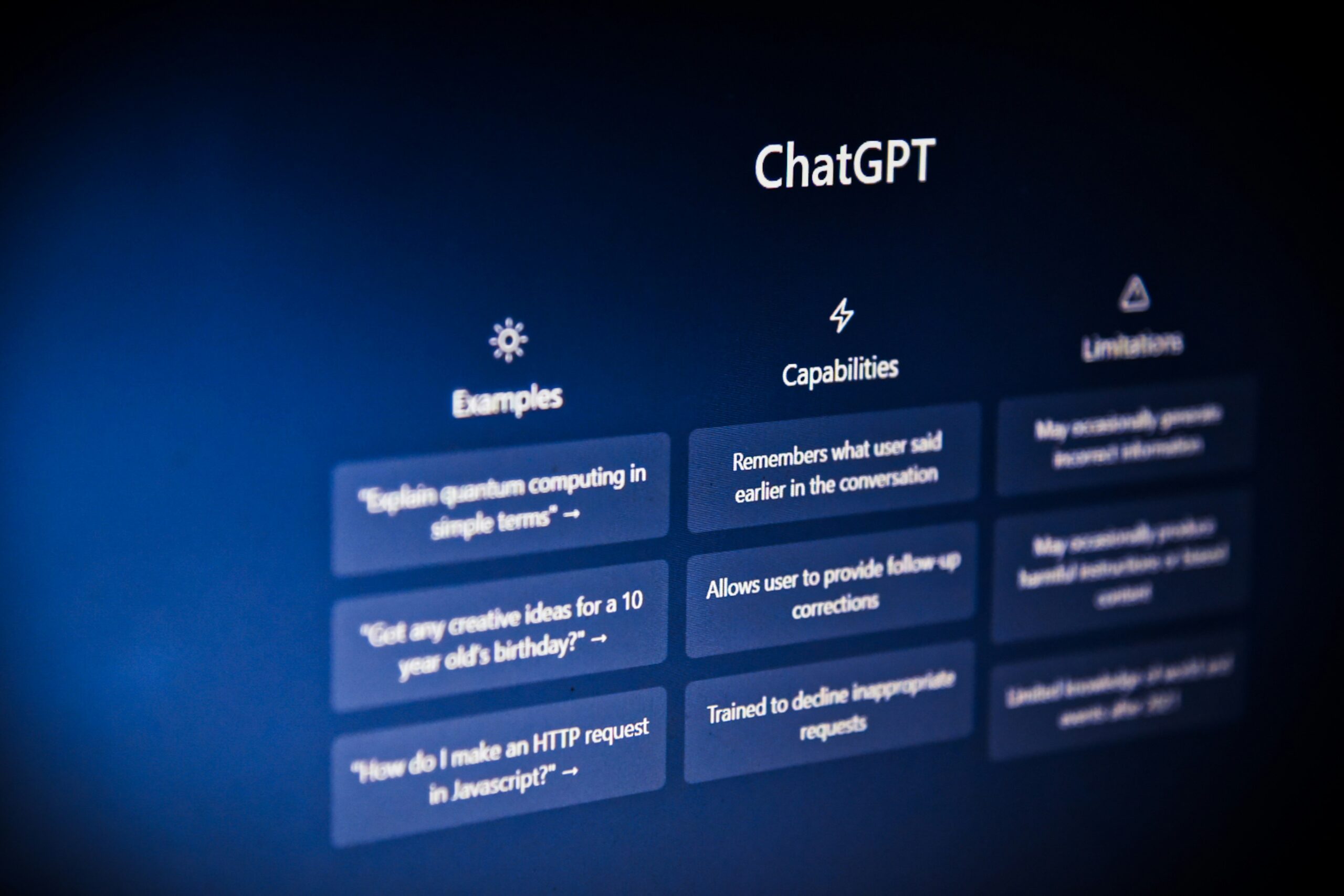Ever had to explain why “negotiation support documentation” is the unsung hero of a kidnap and ransom insurance policy? No? Well, buckle up—because it’s about to get real. Imagine this: Your business partner gets kidnapped in a foreign country, and you’re handed a ransom demand. The clock is ticking, and your insurer expects paperwork before they’ll even pick up the phone. Sounds like something out of a spy movie, right? Except it’s not.
In this guide, we’re diving deep into the wild (and sometimes frustrating) world of negotiation support documentation. You’ll learn:
- What negotiation support documentation really is (spoiler: it’s more than just paper).
- A step-by-step plan for creating bulletproof documents.
- Tips from experts—and yes, confessions of my biggest blunders so YOU don’t repeat them.
Table of Contents
- Key Takeaways
- Why This Matters More Than You Think
- Step-by-Step Guide to Creating Effective Documents
- Best Practices Straight From the Trenches
- Real Stories That Will Make You Reevaluate Everything
- Frequently Asked Questions About Negotiation Support
- Final Thoughts: Be Prepared or Be Sorry
Key Takeaways
- Negotiation support documentation acts as your lifeline during crises involving kidnap and ransom insurance claims.
- Poorly prepared docs can lead to delays—or worse, denied coverage.
- Using templates, double-checking accuracy, and staying organized are non-negotiable steps.
- Expert advice often emphasizes simplicity over complexity when drafting these documents.
Why This Matters More Than You Think

Let me paint you a picture. About 5 years ago, I worked on a case where a client’s CFO was abducted while traveling internationally. Panicked calls flew back and forth between the victim’s family, our office, and local authorities. Amidst all the chaos, guess what held things up the longest? Yep—you guessed it. The lack of proper negotiation support documentation. It felt like listening to dial-up internet connecting while your house burns down.
Kidnap and ransom insurance isn’t just about paying ransoms; it’s about ensuring negotiations happen efficiently and safely. Without robust documentation, insurers have no way to verify legitimacy, assess risks, or coordinate effectively with responders. In other words, skipping this step could leave both parties stranded—or worse.
Step-by-Step Guide to Creating Effective Documents

- Gather Essential Information: Start by collecting contact details, employment history, recent travels, and any known associates of the insured individual. Keep it concise but thorough.
- Create a Crisis Management Plan: Draft an actionable blueprint outlining who handles communication, which channels to use, and how information should flow internally and externally.
- Document Communication Protocols: Specify approved methods for reaching out to kidnappers, including email scripts, approved phrases, and tone guidelines.
- Include Financial Data Safeguards: Ensure sensitive data like bank accounts and payment gateways are included securely without violating privacy laws.
Optimist You: “That doesn’t sound too bad!”
Grumpy You: “Yeah, unless you forget ONE detail and watch everything crumble.” Trust me, mistakes here aren’t cheap.
Best Practices Straight From the Trenches

- Use Templates Wisely: Pre-built frameworks save time but customize them heavily based on unique needs.
- Keep Copies Everywhere: Store digital copies offline, online, and encrypted wherever possible.
- Stay Hyper-Detailed: While excessive fluff is bad, missing key info (like passport numbers) is worse.
- Update Regularly: Life changes fast; review documents at least quarterly.
Rant Section Alert!
I cannot STAND when people think slapping random files together qualifies as “documentation.” Newsflash: A jumbled folder labeled “Important Stuff” isn’t good enough. Treat this process like your favorite coffee order—it deserves precision and care. Whirrrr indeed.
Real Stories That Will Make You Reevaluate Everything
Case Study: One multinational corporation saved millions by having well-maintained negotiation support documentation ready within hours after an executive went missing abroad. The insurer acted swiftly thanks to clear records, averting panic and costly missteps.
Frequently Asked Questions About Negotiation Support
Q: Can I skip negotiation support documentation if my policy covers kidnap and ransom?
Nope. Skipping this part is like buying a car but ignoring the manual—you might end up stuck somewhere messy.
Q: How detailed does the documentation need to be?
Think Goldilocks—not too vague, not overly complicated. Aim for clarity.
Q: Who should prepare these documents?
Preferably someone experienced—either internal risk managers or external consultants specializing in crisis response.
Final Thoughts: Be Prepared or Be Sorry
Crafting solid negotiation support documentation may seem tedious now—but trust me, it pays off later. Whether it’s avoiding last-minute scrambles or protecting everyone involved, investing effort upfront ensures smoother resolutions down the line. So go ahead, channel that inner control freak. Future-you will thank present-you profusely.
Oh, and one final note à la Tamagotchi nostalgia: Like those virtual pets, your documentation needs daily TLC. Neglect it, and chaos ensues. Now go forth and dominate!


